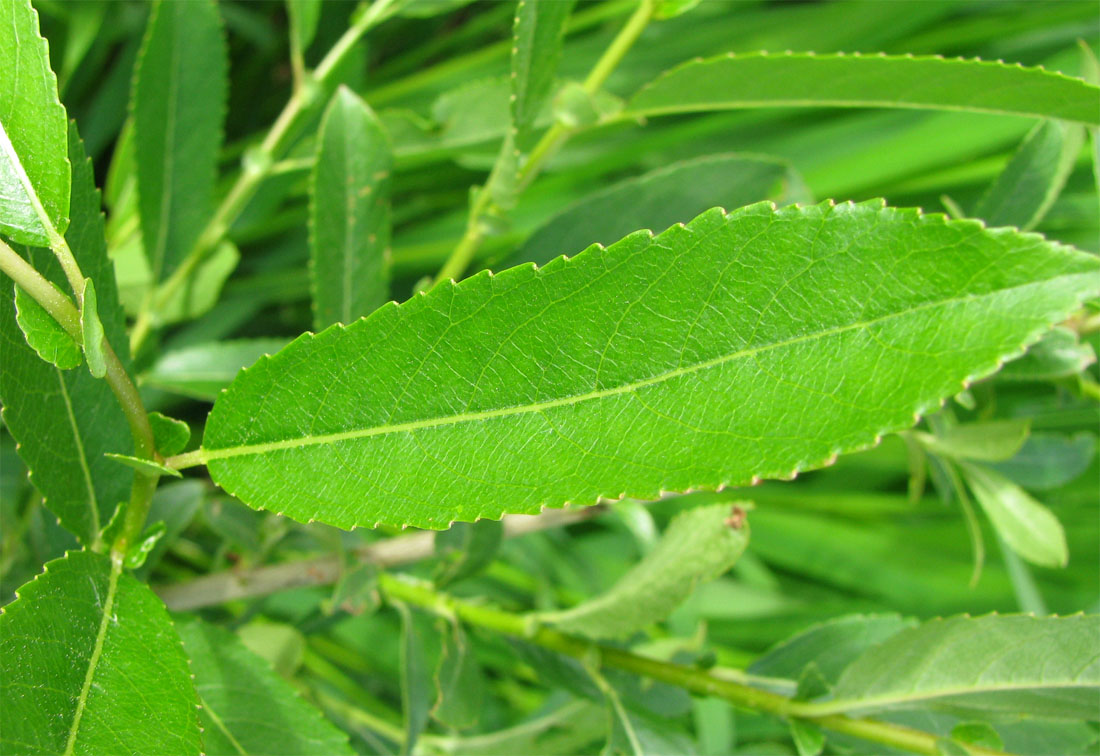
Salix triandra Изображение растения Плантариум
A total of 20 sampling sites situated in Galicia, NW Spain (Fig. 1), were selected.The annual rainfalls vary within a range of 1300-2000 mm, being higher in the more westerly communities, whilst average temperatures vary between 10 and 14 °C, with minimums higher than 6 °C and maximums of less than 19 °C (Ninyerola et al., 2005).The selected sampling sites had evident signs of hand.

Salix lanata
Salix triandra is a deciduous shrub or small tree growing to 10 m (33 ft) tall, usually multistemmed, with an irregular, often leaning crown. Young bark is smooth grey-brown, becoming scaly on older stems with large scales exfoliating (like a plane tree) to leave orange-brown patches.

Salix triandra subsp. triandra Pallano
Population Variability of Almond-Leaved Willow ( Salix triandra L.) Based on the Leaf Morphometry: Isolation by Distance and Environment Explain Phenotypic Diversity by Katarina Tumpa 1, Zlatko Šatović 2,3, Antonio Vidaković 1, Marilena Idžojtić 1, Rudolf Stipetić 1 and Igor Poljak 1,* 1

Salix triandra L.
Salix triandra 'Whissender' . triandra = 3 stamens. Almond-leaf Willow. This came to us as S. daphnoides 'Purple Heart' (a female selection) so as soon as it flowered with male catkins we had a big oops! We checked it out and found it is a very cool selection of S. triandra and by far the most vigorous and prettiest of the triandras we have grown; also one of the most popular in Europe for.
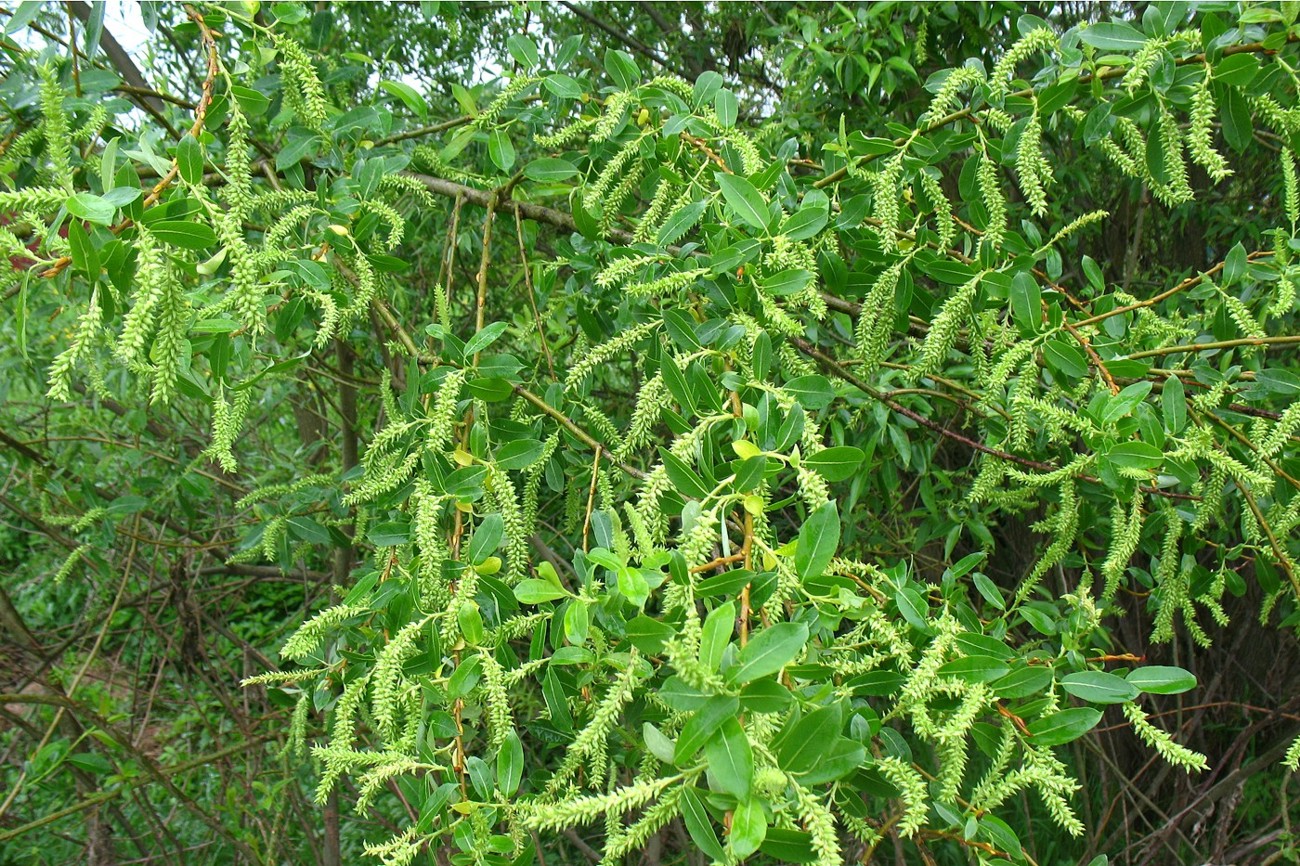
Salix triandra Изображение особи Плантариум
Salix Triandra, commonly known as Almond Willow or Scouler's Willow, is a deciduous shrub or small tree that belongs to the Salicaceae family. This plant is native to western North America and can grow up to 10 meters tall. Salix Triandra has a slender, upright form and produces elongated leaves that are narrow and pointed.
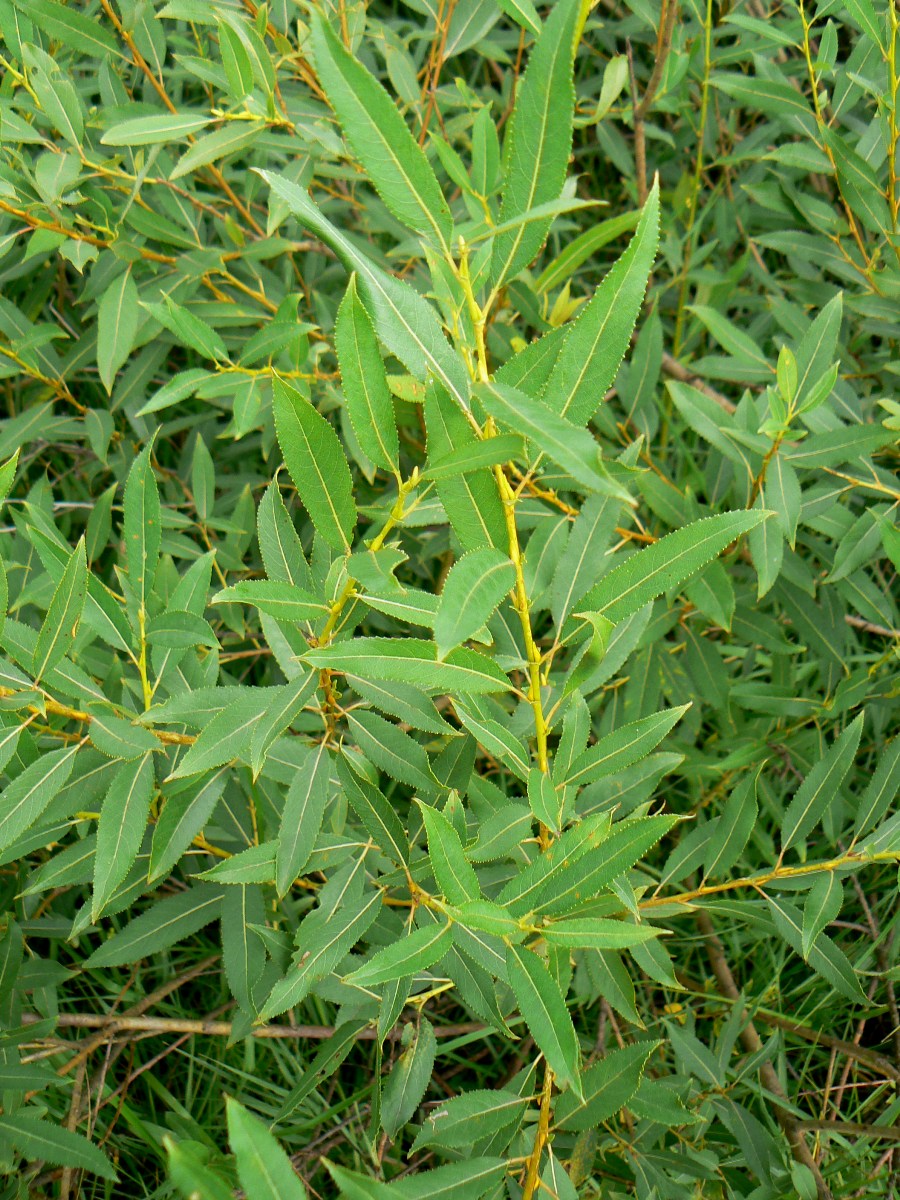
Salix triandra Изображение особи Плантариум
Salix triandra Name Synonyms Salix amygdalina Fr. Salix androgyne Hoppe Salix androgyne Hoppe ex Willd., 1806 Salix hastata Thuill. Salix triandra Ser., 1815. almond-leaf willow in English amandelwilg in Dutch fager-via in Norwegian jokipaju in Swedish jokipaju in Finnish mandelpil in Nynorsk, Norwegian
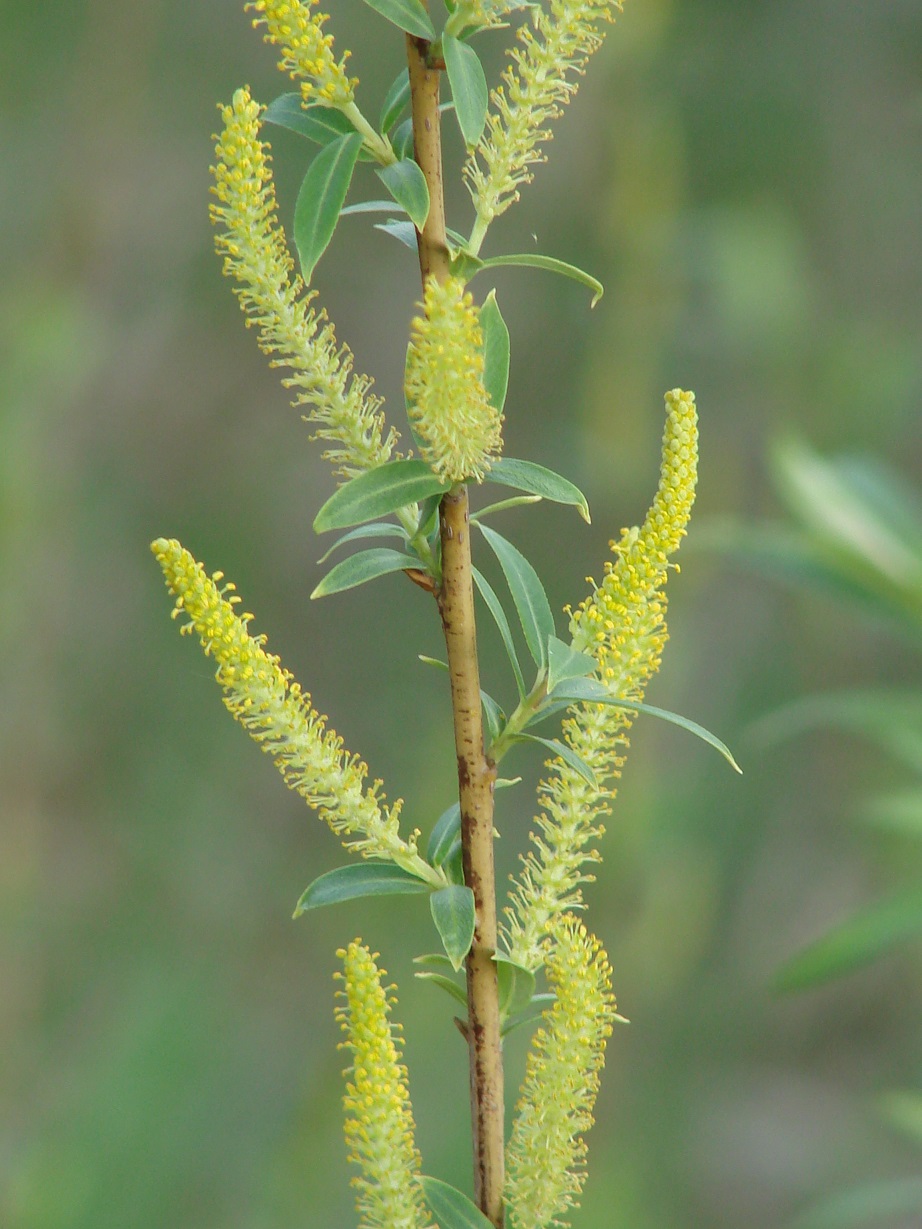
Salix triandra Изображение особи Плантариум
The species is characterized by bark that is dark gray, smooth, and flaking in large irregular patches, as in Platanus × acerifolia. The ovary-style transition is so indistinct that styles are often described as absent, but there are two, distinct styles, each terminating in a short stigma.
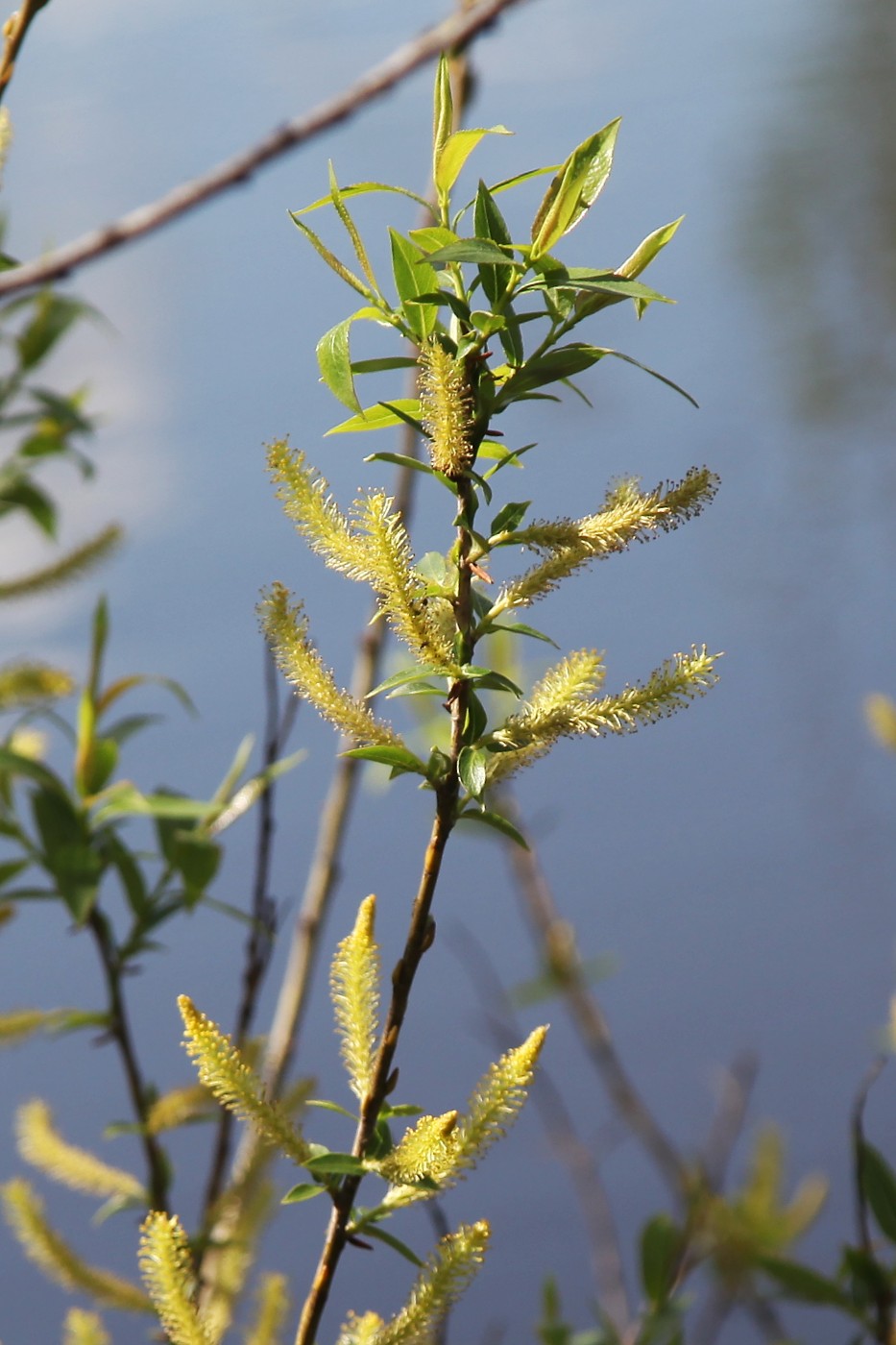
Salix triandra Изображение особи Плантариум
Salix triandra L. | Plants of the World Online | Kew Science Salicaceae Salix Salix triandra L. First published in Sp. Pl.: 1016 (1753) This species is accepted The native range of this species is Temp. Eurasia, NW. Africa. It is a tree and grows primarily in the temperate biome. Taxonomy Images General information Distribution Synonyms
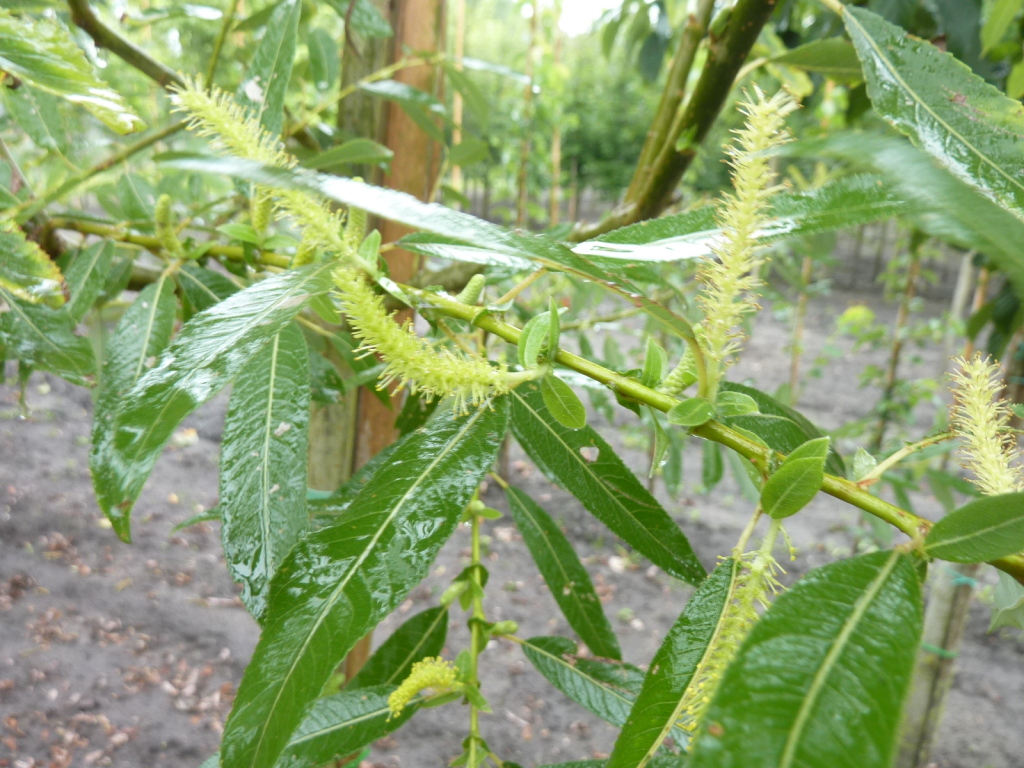
Salix triandra Semperflorens Nienhuis Boomkwekerijen
Salix triandra (almond willow) Author: CABI Authors Info & Affiliations Publication: CABI Compendium https://doi.org/10.1079/cabicompendium.48706 Datasheet Types: Crop, Tree, Host plant Get Access Abstract This datasheet on Salix triandra covers Identity, Overview, Distribution, Environmental Requirements, Uses, Management, Further Information.
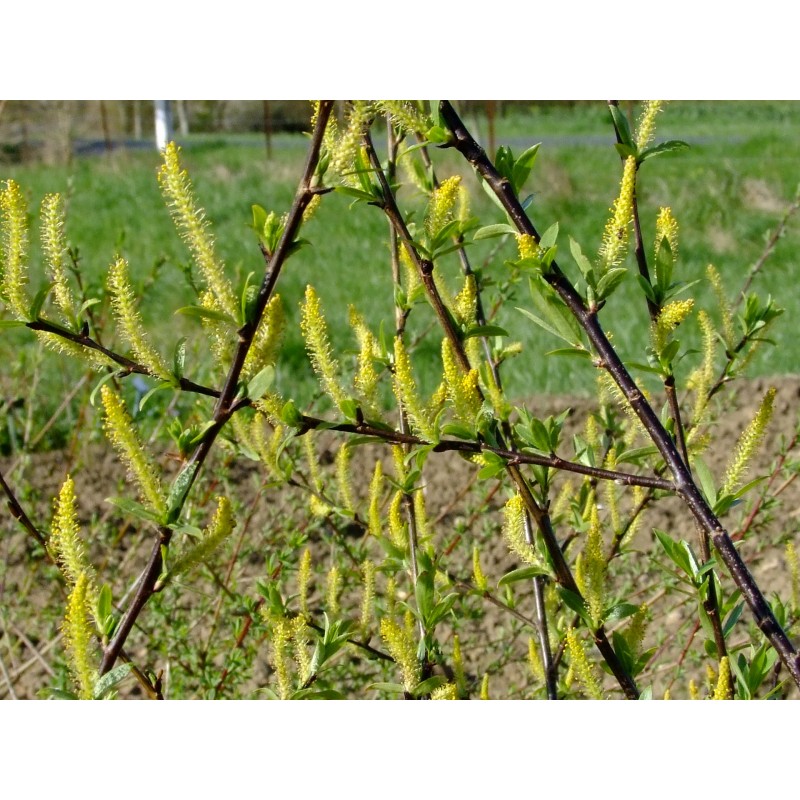
Salix triandra PÉPINIERE BROCHETLANVIN
Salix triandra almond willow A large deciduous shrub or small tree, with flaky bark and narrow, glossy green leaves with serrated edges. Catkins are produced just after the leaves in spring; male catkins are long, fragrant and pale yellow Other common names almond-leaved willow French willow see more osier Synonyms Salix amygdalina
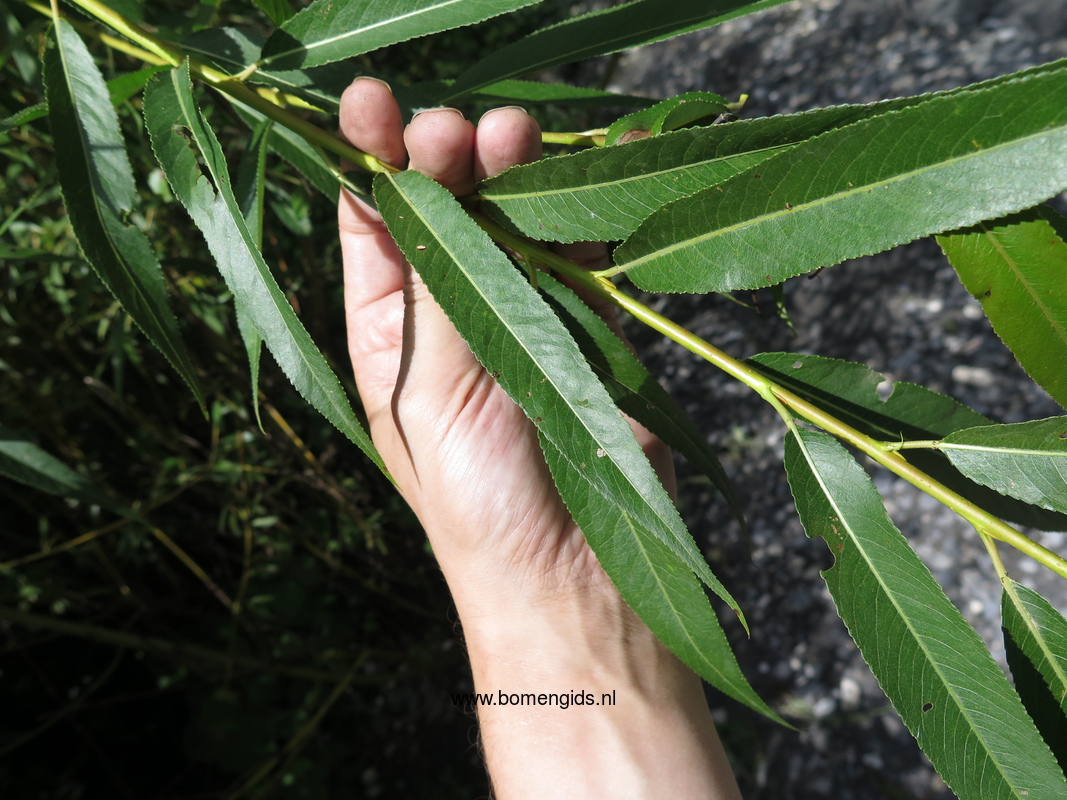
Herken de boomsoort NL Amandelwilg; Latin Salix triandra; UK Almond
Almond willow (Salix triandra). Almond willow has a variety of different uses, including basket weaving. In Russia, the plant is a useful source of nectar for honeybees, and the species is also being investigated as a potential biomass source in the production of biofuel. The name Almond willow was given due to the plant's resemblance of the Almond plant.
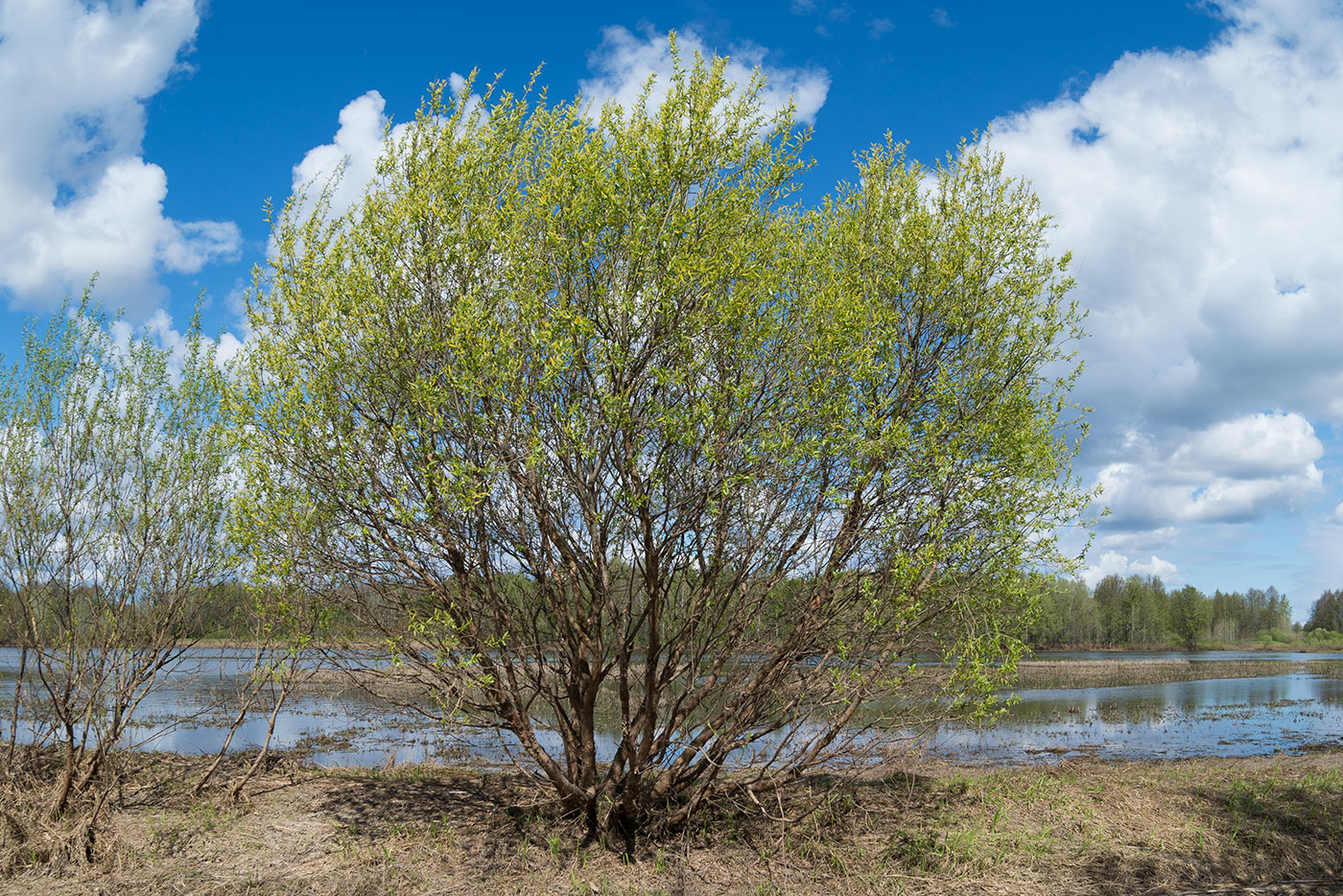
Salix triandra Изображение особи Плантариум
speciesSalix triandra Salix triandra Linnaeus Sp. Pl.2: 1016. 1753. George W. Argus Common names: Almond leaf willow Synonyms: Salix amygdalina LinnaeusSalix amygdalina var. discolor Wimmer & GrabowskiSalix triandra subsp. discolor (Wimmer & Grabowski) Arcangeli Treatment appears in FNA Volume 7. Treatment on page 50. Mentioned on page 24, 39, 49.
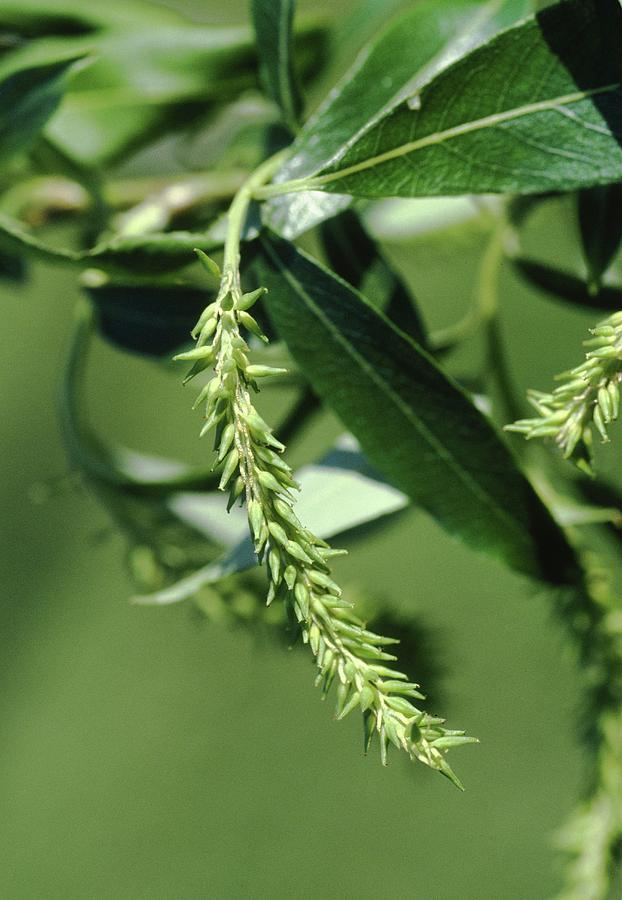
Salix Triandra Photograph by Chris Martin Bahr/science Photo Library
Salix triandra. Almond-leaf Willow. Origin: Europe and Asia. Introduced/naturalized in North America. Triandra can grow into a tree or bush; from 2-10 meters (6-24ft) tall. Older stems have bark that flakes and make this species easy to idenitify in maturity. The smooth, hairless branches are brittle at the base and branchlets are yellow to brown.
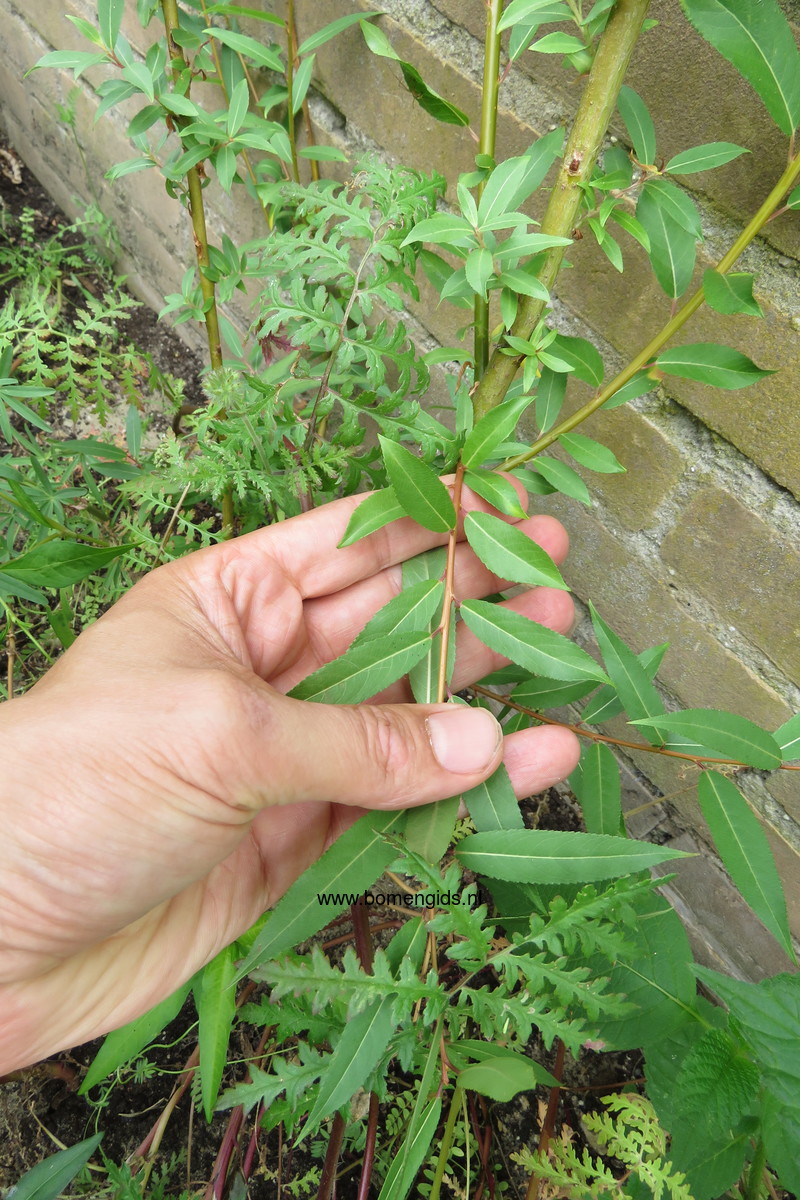
Herken de boomsoort NL Amandelwilg; Latin Salix triandra; UK Almond
Abstract: Almond-leaved willow (Salix triandra L., Salicaceae) is a dioecious shrub, rarely a small tree that grows under various environmental conditions. We examined the population structure of 12 populations of almond-leaved willow using nine leaf morphological traits and specific leaf area.

Salix triandra L.
Salix triandra L. Sp. Pl. : 1016 (1753) This name is reported by Salicaceae as an accepted name in the genus Salix (family Salicaceae ). The record derives from WCSP (in review) (data supplied on 2023-07-18) which reports it as an accepted name
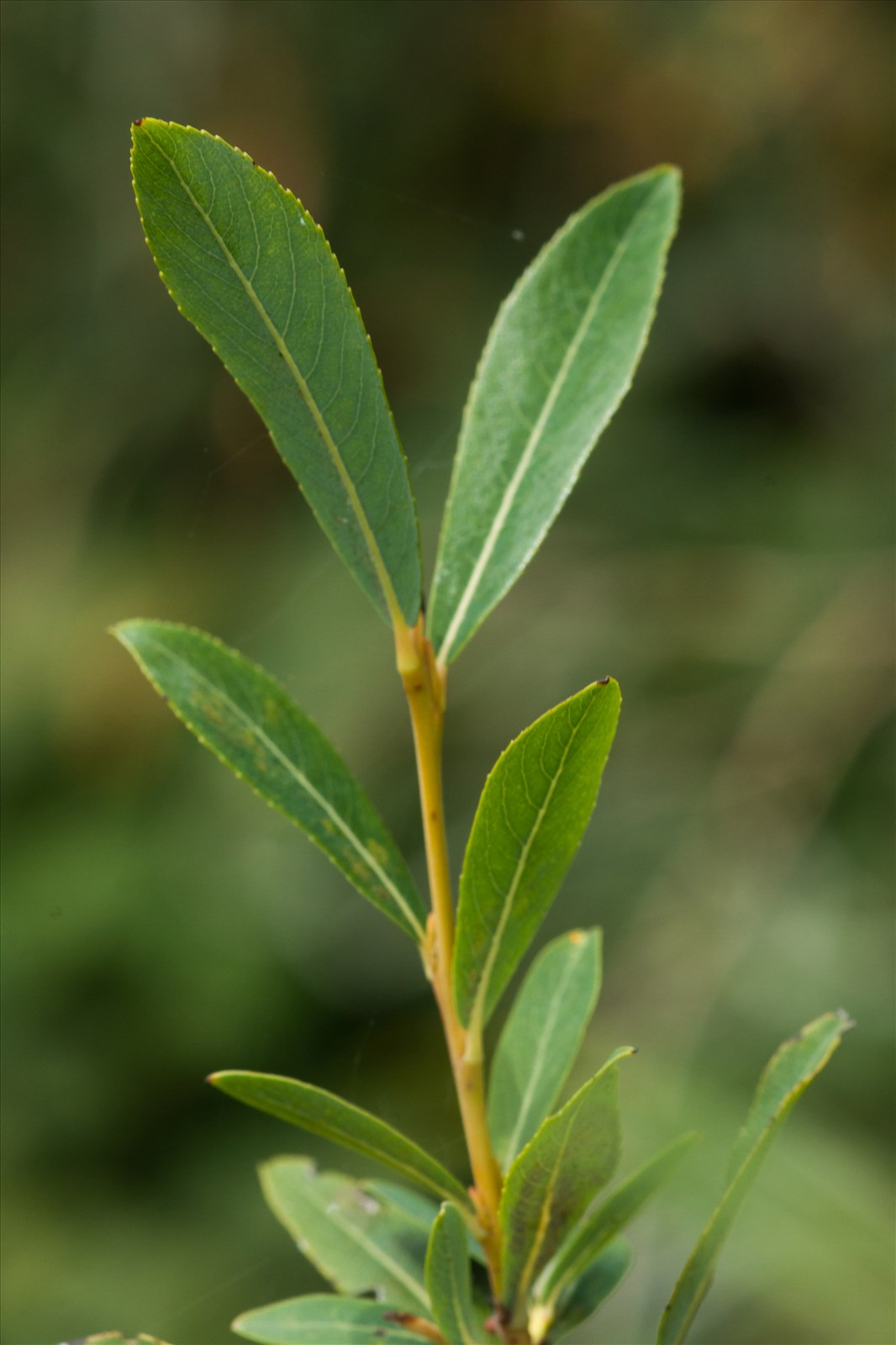
Salix triandra L. Préservons la Nature
- Z. Naturforsch. Sect. C 45: 805-812. Fig. 6. The wax layer on successive leaves on a shoot of Salix triandra. The proportion of leaf area covered by conicoids on successive leaves gradually increases. A. the first leaf (the oldest one), B. the 2 nd , C. the 3 rd . [Grand Poland, near Radzewice, at the Warta River, 12. 06.